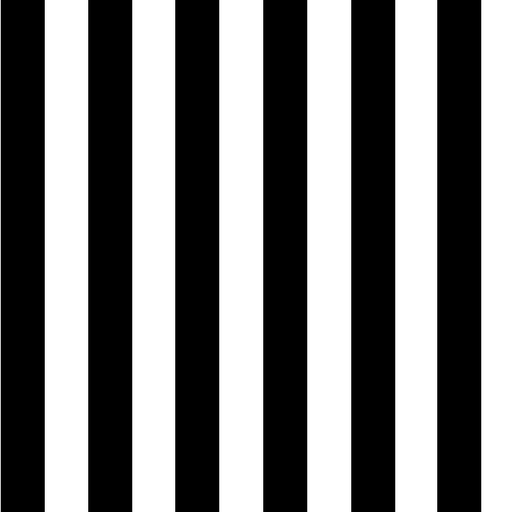- Aristide Maillol, the inventor of silence in sculpture | Read more
Selection of works by Aristide Maillol currently available

Femme nue debout
38 x 27 cm

Femme nue debout
Sanguine, 38 x 25 cm
Price upon request. Contact us
Aristide Maillol, the inventor of silence in sculpture
Aristide Maillol was born in Banyuls close to Perpignan and entered the Beaux-Arts in Paris in 1885. In the painting and sculpture division, his masters were Jean-Paul Laurens, Gérôme and Cabanel. His only resources were a small grant from the Conseil Général from the Department of the Pyrénées Orientales. He lived in an attic in miserable conditions.
Aristide Maillol became friends with Bourdelle and was often lodged by his family.
He quickly tired of the lessons at the academy and became interested in tapestry and was encouraged by Gauguin.
In 1895, problems with his vision obliged Aristide Maillol to abandon tapestry and to dedicate himself exclusively to sculpture. He became friends with the Nabis who often met in his house and with whom he remained friends all throughout his life. Vollard organised his first personal exhibition in 1902 which drew praise from Mirabeau and Rodin.
In 1903, Maillol moved permanently to Marly-Le-Roi. Thanks to Rodin’s initiative, the Count Harry Kessler – a wealthy German collector – met Maillol in 1905 and became his patron.
Simultaneously, the artist was very successful at the Salon d’Automne where La Méditerranée was exhibited. André Gide, Maurice Denis and Henri Barbusse praised him.
From that moment on, Aristide Maillol was consecrated.
After the First World War, Maillol received many official orders such as that for a monument for Debussy in 1930 and another for Cézanne that was installed in Jardin des Tuileries.
In parallel to his work as a sculptor, Aristide Maillol was also extremely active as an illustrator (lithography, engravings on wood). This work is particularly rich as the artist always refused to sculpt following a model but preferred to use his own sketches.
To understand Maillol’s statues, one must consult his drawings and especially his notebooks.
These drawings map out his thought process and reveal the progression of his research. Each sculpture is preceded by a series of notes on gestures, attitudes and movement which he simplified and purified work after work.
The artist needs colour especially when the light becomes more critical in the way which it covers and glides on still more refined shapes:
“I try to use blond, like the sculptures of Olympia, without an accent by maintaining the same tone. I look for light, but I want it to be based simply on the sculpture as if it was on a wall.
It is said that I am going more and more towards light”.
Aristide Maillol
André Gide was not wrong when he saw Maillol as being
the inventor of silence in sculpture.
Brancusi and Arp would simply need to polish these smooth surfaces to achieve abstract volume, a new representation of shape, free of all meaning.
Breaking with the academicism of sculpture, Maillol discovered the power of the female body that would be the vocabulary of his entire work. In 1964 Dina Vierny offered 18 sculptures for the gardens of the Carrousel du Louvre to the French State.
In 1995, the Maillol Museum opened in Paris.
